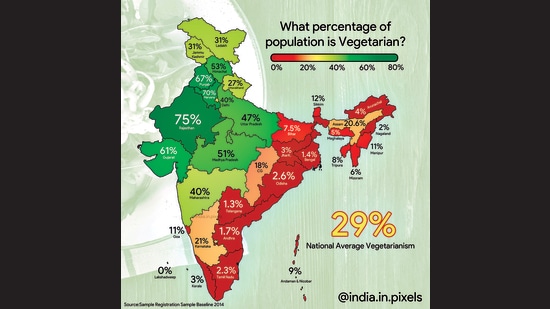(Originally posted on Nov 12, 2018 on the Drishti blog)
“I believe there is significant – as yet untapped – opportunity to drive high volume factory performance to much higher levels of productivity, quality, and problem-solving capability through the use of human factory analytics.”
Today we released a report that encompasses months of planning, research and analysis with one of our partners, A.T. Kearney, on the state of human factory analytics, and the above quote was submitted from an anonymous manufacturing leader.
I couldn’t agree more.
The data we gathered through this research reveals just how critical humans are to manufacturing today. Despite lots of chatter in the media and at industry events about robots, cobots and other emerging forms of automation, respondents told us that 72 percent of tasks in the factory are performed by humans.
And yet, the analytics from tasks performed by humans are incomplete and inaccurate. Time and motion studies, which were introduced in the early 20th century, are still the industry standard for capturing data on activities the human labor force completes.
Think about what that would look like in any other industry:
- Airplane wings would be made of two thin strips of ash covered with fabric and wire.
- Minor infections would be treated through bloodletting, leeching or doses of mercury.
- Instead of a smartphone, you’d turn to your Kodak Brownie camera for a selfie, and pay 10 cents per photo in developing fees.
The idea that technology would stop evolving for more than 100 years seems ludicrous, but when it comes to human factory analytics, that’s basically what’s happened. Stopwatches may be replaced by smartphones; grid paper may be replaced by Excel, but the mechanics of time and motion studies – and the value of the data they yield – hasn’t evolved.
It’s time for a new technology to take the place of time and motion studies, a technology that can truly drive digital transformation that extends to the last analog frontier – humans.
Incomplete data is driving strategic manufacturing operations; read about the risks in the full report.










